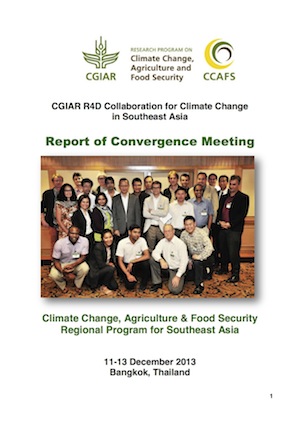Seroprevalence and risk factors associated with zoonotic parasitic infections in small ruminants in the Greek temperate environment
A cross-sectional serological study was carried out to screen the sheep and goat population of Thessaly, Greece for evidence of infection with Toxoplasma, Toxocara, Leishmania, and Echinococcus and to determine the risk factors related to herd characteristics, herd management practices, farmer status, and the bioclimatic variables associated with these zoonotic parasitic infections. A total of 540 sheep and goat serum samples were examined. The seroprevalence of infection in all examined animals was 24.5% for Toxoplasma, 32% for Toxocara, 0% for Leishmania and 85.9% for Echinococcus.




